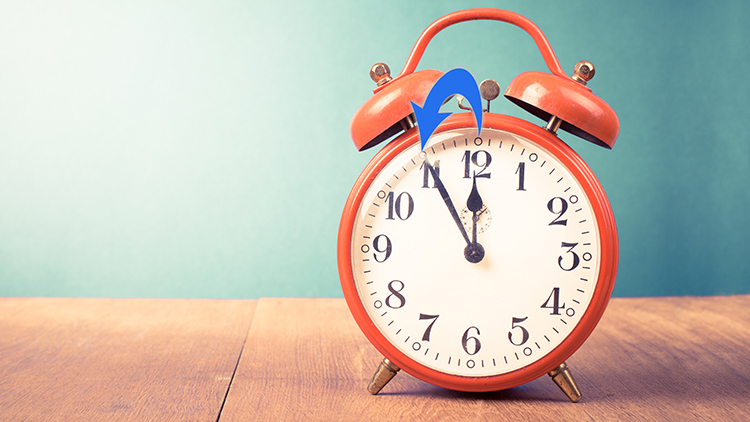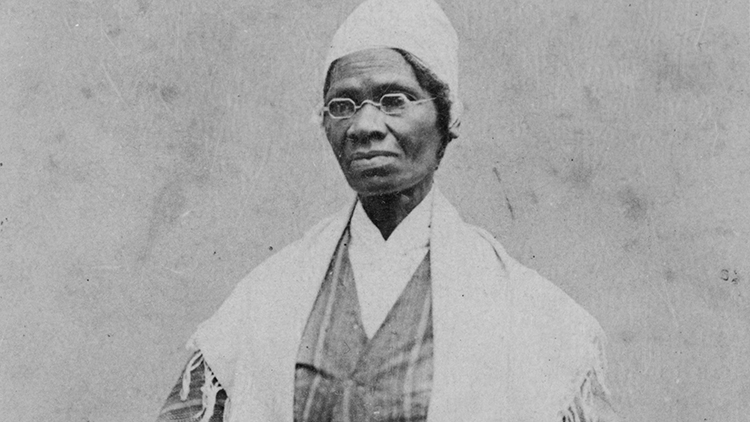
If you don’t set your clock back an hour on November 4th you might get to school an hour early on Monday morning. Why? Because Daylight Saving Time is ending. But how did Daylight Saving Time get started?
In the early 20th century, a British man named William Willet wrote about his idea for Daylight Saving Time. During World War I, Germany began to follow Daylight Saving Time. They set their clocks forward one hour. So, if the sun sets at seven o’clock at night, it would set at eight o’clock instead. They did it to save the fuel they would need for lights. Great Britain and the United States soon followed them. After the war, Daylight Saving Time went away, but nations brought it back during World War II.
After World War II, each area of the United States got to decide if they would use Daylight Saving Time. This got confusing! In 1965, you could go to an office building in St. Paul, Minnesota where some people worked for a city that followed Daylight Saving Time. Others worked for a county that did not. It was two different times inside the same building!
Now, states decide whether they will follow Daylight Saving Time or not. All of the United States use Daylight Saving Time except for Arizona and Hawaii.
What Do You Think? Should everyone follow Daylight Saving Time, or should different places decide for themselves?
Photo Credit: BrAt82/Shutterstock



